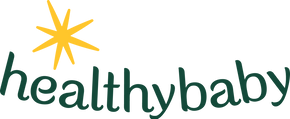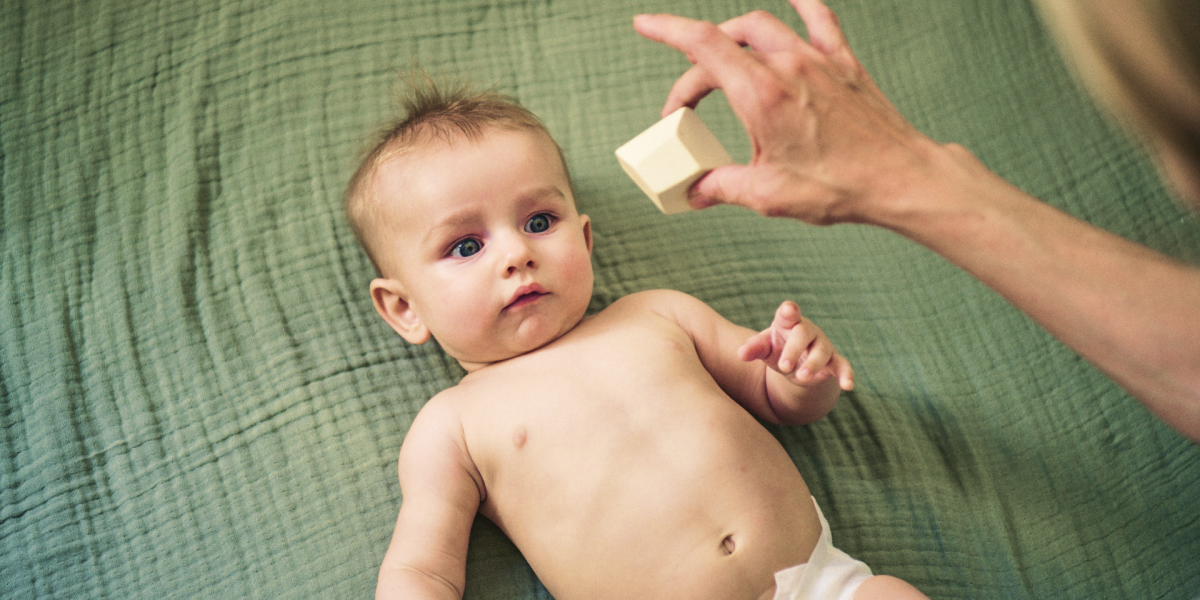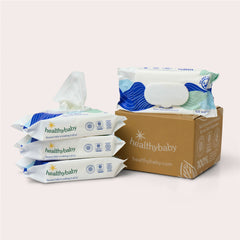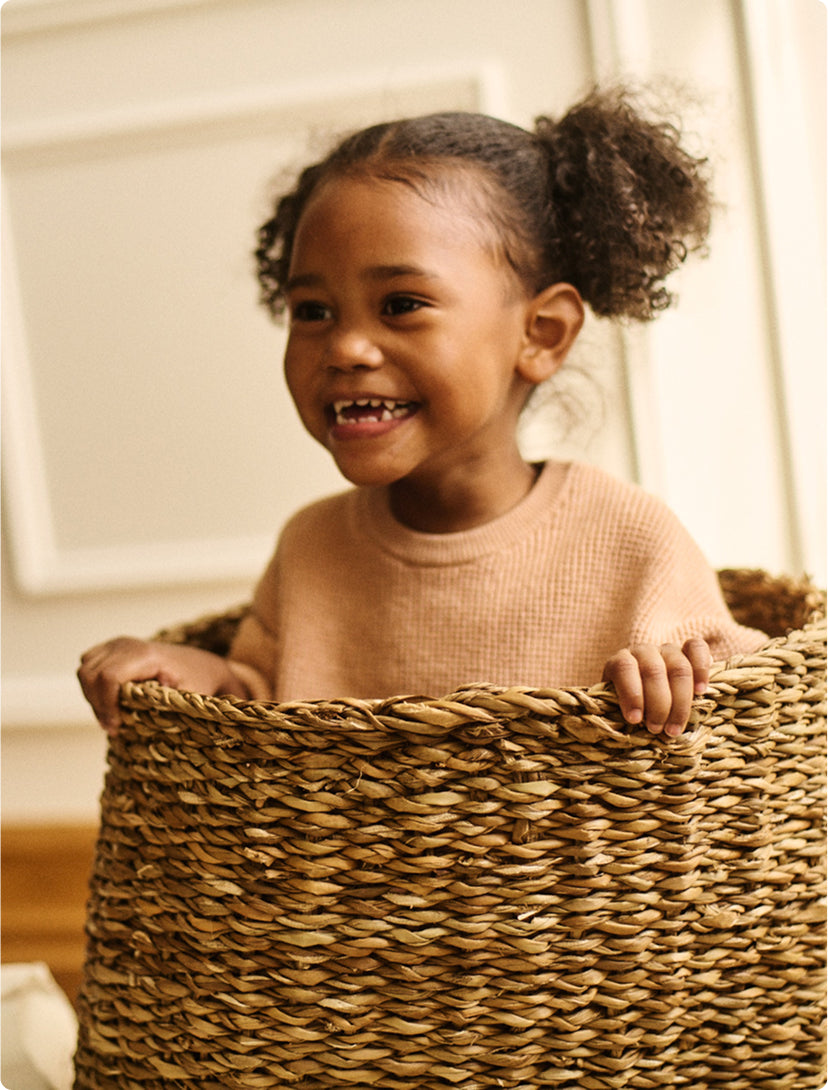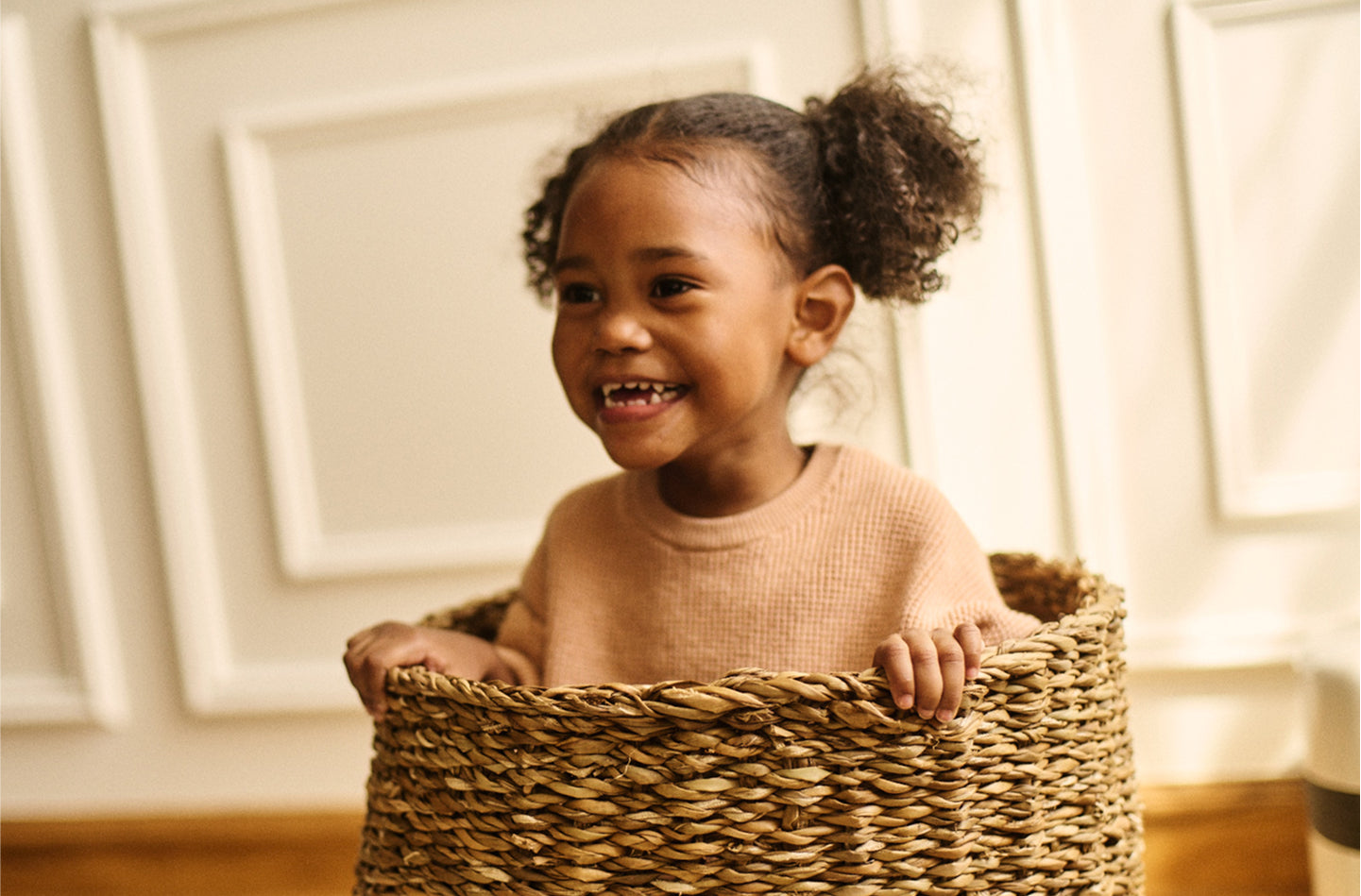Development isn’t a race. It’s a flow.
Every child—and parent—is figuring it out at their own pace.
Instead of milestones, we encourage you to focus on this amazing moment.
Your child’s brain makes more than one million neural connections per second in these first three years. Simple, consistent interactions with them today can have profound, lifelong benefits.
Here’s how little one’s brain is developing this month, and how you can support their progress.
Developmental Highlight
From the very beginning, you’ve tried to balance creating the safety and predictability of routines with encouraging exploration, challenge, and change. As little one nears age two, they’re experimenting with a big new concept: “If this, then that.”
To understand cause and effect, little one conducts tests that may look like… the terrible twos. They might throw food, pull the dog’s tail, or tear the pages out of a book to see what happens.
Your first response might be frustration, but there’s something amazing going on here.
The logical, rational parts of little one’s brain are starting to develop. Each time they predict an outcome, it reinforces cause and effect. This understanding will blossom around age four, as little one develops a deeper moral sense of right and wrong.
Some kids are natural-born engineers who test how things work and make rapid assumptions. Others take more time to test repeatedly for consistent outcomes. Through guided activities and productive reactions and redirection, you can foster little one’s developing prediction skills without losing your patience.
Brain-Building Activity
What’s Happening?
Routine: Playtime
There are a number of cause-and-effect toys that support little one’s understanding of “if this, then that.” A jack-in-the-box is the classic version. More modern toys play sounds when you push their buttons. Any object can help little one test and confirm cause and effect.
-
Take a block or other toy and slowly move it toward the edge of a surface little one can reach, like a play table or toddlerproof coffee table.
-
Watch little one’s expression. Are they anticipating the object falling? Talk through this test as you demonstrate.
-
Push the item over the table’s edge, so it falls.
-
Now do it again. This time, use a cup or box to catch the toy when it falls.
-
Demonstrate this for little one a few times, talking through the action. They may want to conduct the test on their own or try a more elaborate test to further advance their understanding of cause and effect.
You’ve Got This
We all have a different relationship with change. This exciting new stage in little one’s brain development may test your patience, push your buttons, and put you on edge.
The only certainty we have in parenting is that there is no certainty. Each day is different. Phases come and go. Little one’s looking for predictability, but doesn’t always act predictably.
If you’re feeling frustrated or overwhelmed, try this 12-second grounding technique:
-
Make two fists, and breathe in deeply through your nose and down into your belly for four seconds.
-
Hold your breath for two seconds.
-
Slowly exhale through your mouth for six seconds, as you open your fists.

